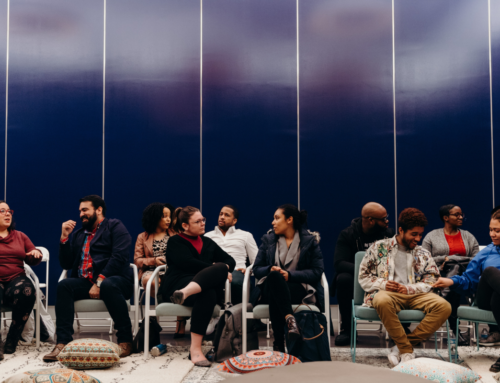Many leaders are diversity and inclusion optimists; they care about the right things — but fail to turn their intention into action.
These five companies are taking the first step in the right direction by setting tangible goals and coming up with strategies to reach those goals. Of course, they still need the follow-through to make it happen. But I have found that when a company publicly states a tangible goal, they are going to do the work to meet it.
1. Clothing retailer Gap announced via an email to its employees (later posted on its website and online shopping sites) that it is committed to doubling the representation of Black and Latinx employees at all levels in their U.S. offices by 2025. It also intends to increase the number of Black store leaders by 50% by 2025.
2. In a statement on its LinkedIn page, asset management firm BlackRock committed to increasing the number of Black staff by 30% and committed to a 100% increase in Black senior leaders by 2024.
3. In a commentary in Fortune, food, snack and beverage corporation PepsiCo committed to increasing the numbers of Black managers by 30%and adding a minimum of 100 Black executives by 2025.
4. Technology giant, Google stated on its blog that it will work to increase the number of “underrepresented groups” in leadership roles by 30% by 2025.
5. In a letter to its employees now posted on its webpage, beauty manufacturer Estée Lauder set the goal of reaching U.S. population parity for their Black employees across all levels of the organization by 2025. According to an Instagram post, the company is almost at parity for Black employees and executive officers but would need to increase the share of Black employees at executive director and above from 3% to 13% to reach population parity.
Now, how are they going to achieve those goals? Academic research shows these five actions can move the needle on diversity and inclusion.
Training
All of the organizations shared a plan to increase mandatory unconscious bias and equality training. These types of training can elicit backlash and reinforce stereotypes, but when done using research-based techniques and in conjunction with broader diversity efforts, training can be beneficial in at least changing attitudes.
Recruitment and staffing
When it comes to increasing diversity, staffing is an easy place to start. Improving recruitment efforts, ensuring diverse slates in interviews, and removing bias from selection procedures can all improve diversity outcomes.
Development and promotion
Most of the organizations also committed to taking action to ensure that underrepresented groups gain greater access to development, sponsorship, mentoring and succession planning. New research shows that having diversity congruence between top and bottom level managers increased company performance. Consistent with these intentions, research shows that developmental experiences and advocacy/sponsorship can have a profound impact on the success of underrepresented groups.
Accountability and transparency
Similar to the process of setting goals, there is strong evidence that accountability and transparency can mitigate inequity in the workplace. Accountability for diversity and inclusion outcomes can also be added to the performance management system and reward systems.
Culture of belonging
Inclusive cultures require a focus on belonging, but also allowing people to belong while still being their true selves. In this moment, we want to focus on improving diversity outcomes, but we also need to ensure that the talent we hire is able to be successful as a result of an inclusive environment or, as research shows, they will simply leave the organization.
You can read about more practical, actionable steps to implement in your organization in my new book Inclusify: The Power of Uniqueness and Belonging to Build Innovative Teams.











Leave A Comment